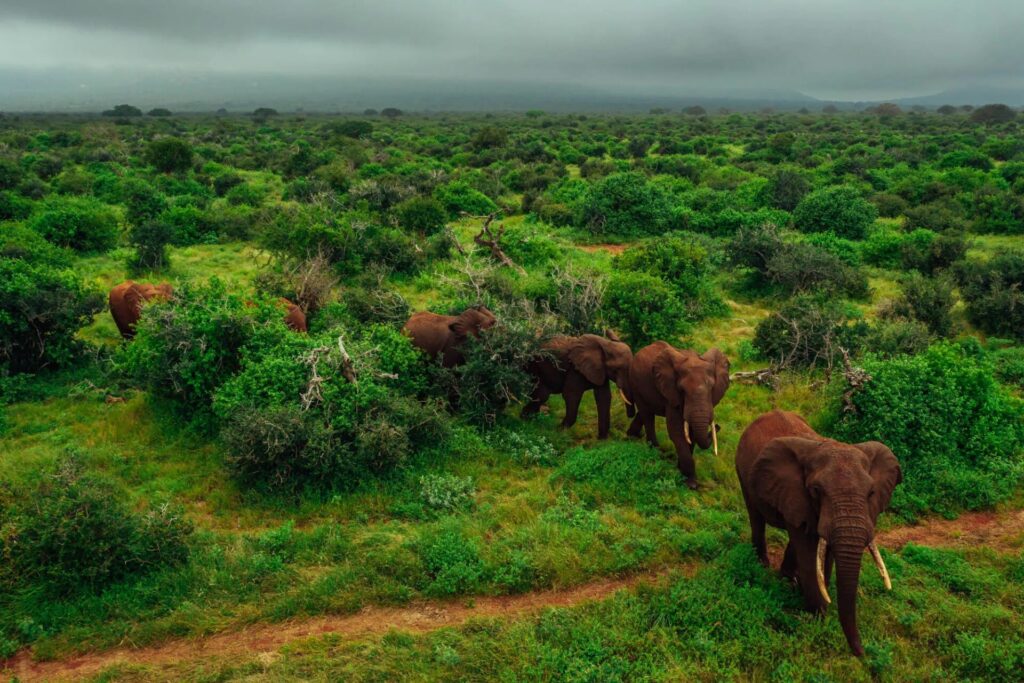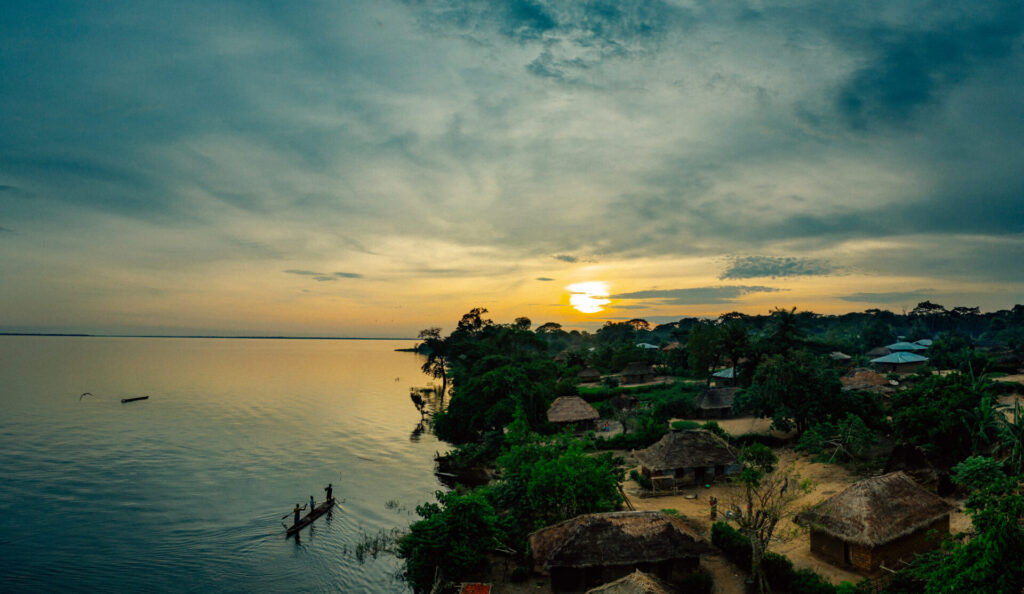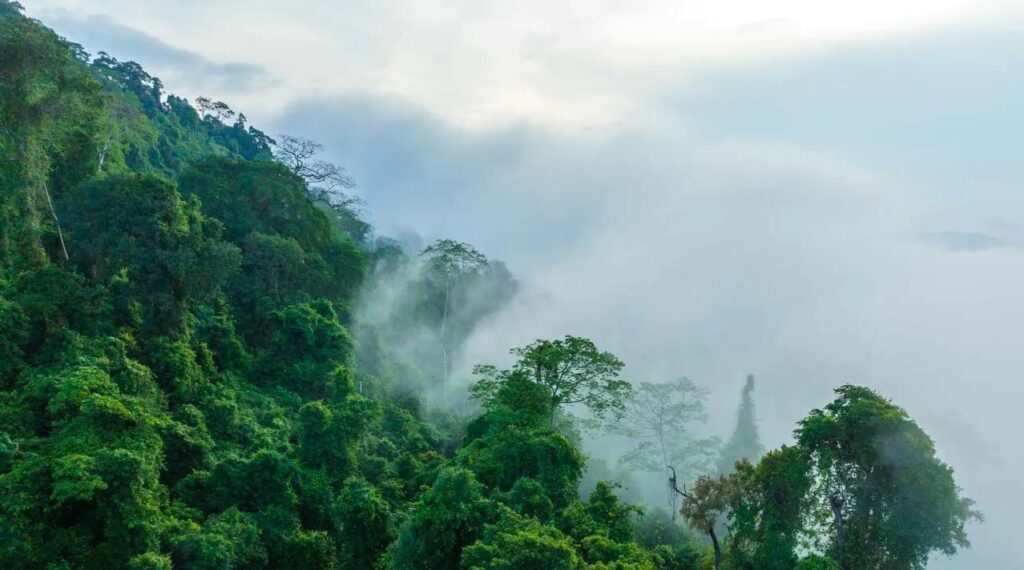Keo Seima Wildlife Sanctuary (KSWS) is a uniquely diverse rainforest protected area under advancing threat of illegal land clearance. The project area is home to more than 1000 wild species, including 85 globally threatened species, and is also the ancestral and current home of the Indigenous Bunong people, whose unique culture and beliefs are inseparable from the forest in which they live. Originally designated as a protected area in 2002, KSWS is managed by the Royal Government of Cambodia’s Ministry of Environment, with technical and financial support from WCS Cambodia.
KSWS plays a vital role in the preservation of the region’s important and vulnerable wildlife, including the world’s largest populations of primates. The project also supports the self-directed sustainable development of local communities, notably through securing legal title to their traditional lands, and through the REDD+ Benefit Sharing Mechanism which provides significant funding to community-led development projects.
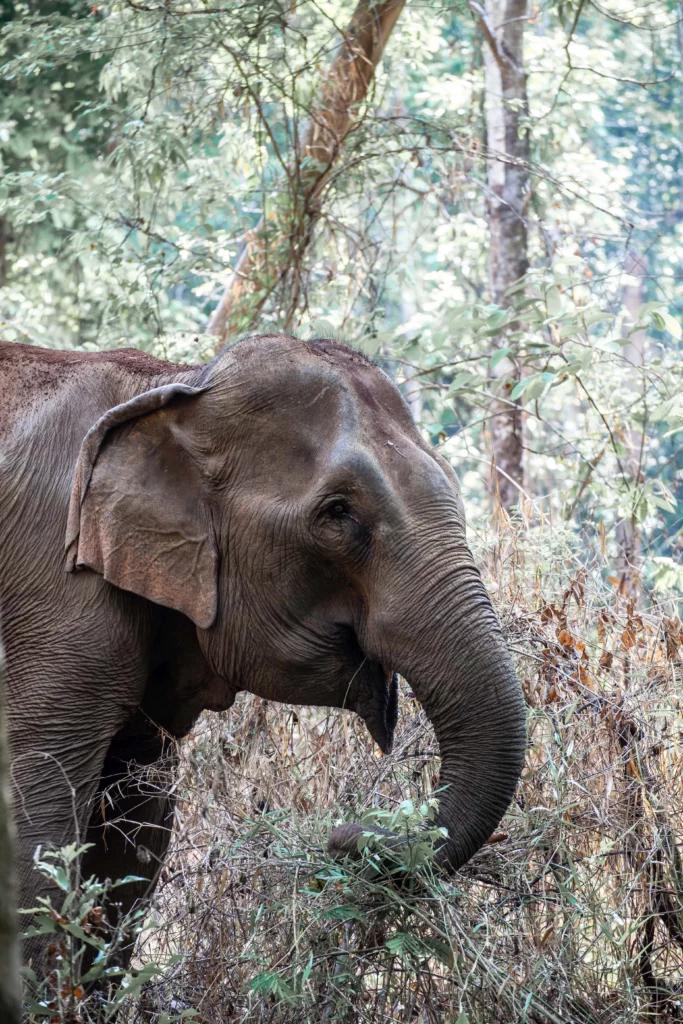

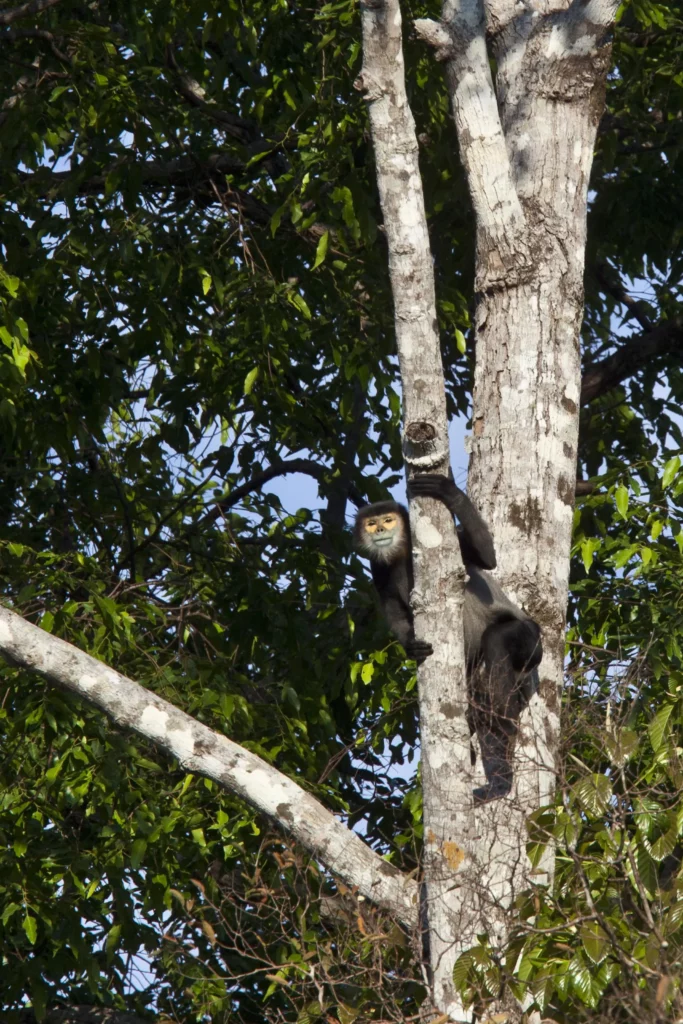
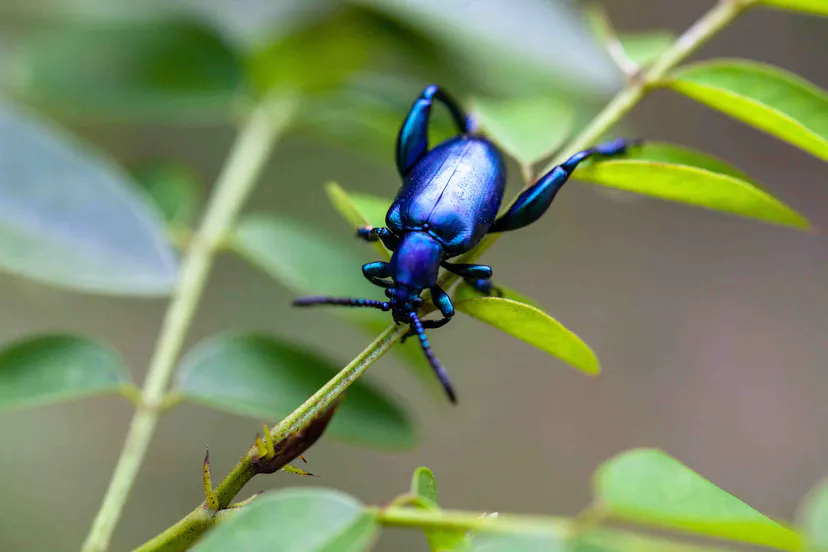
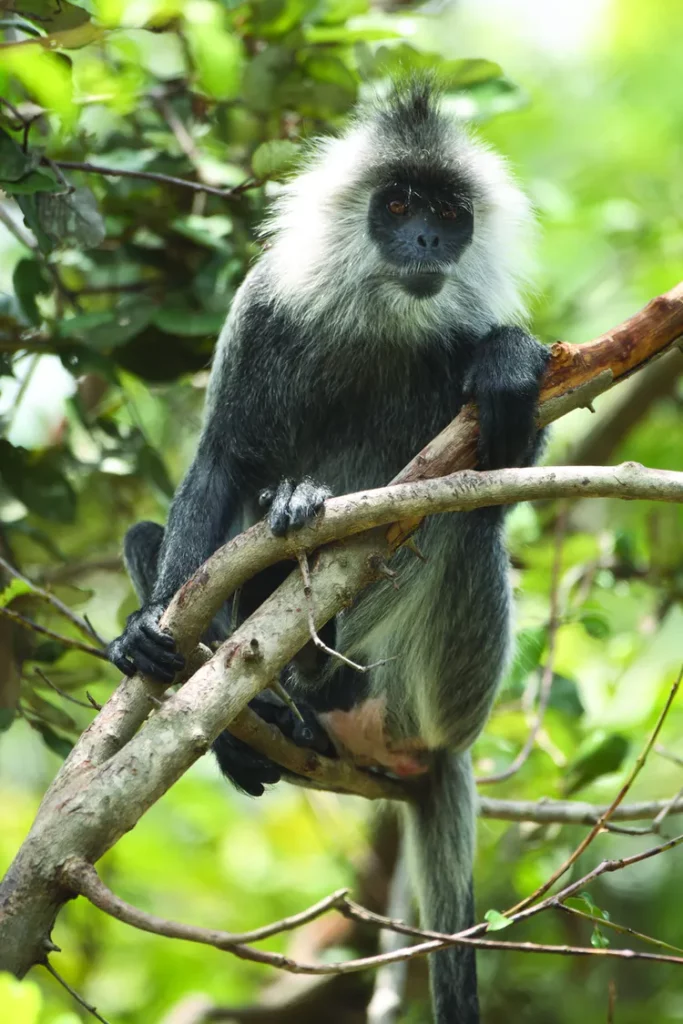
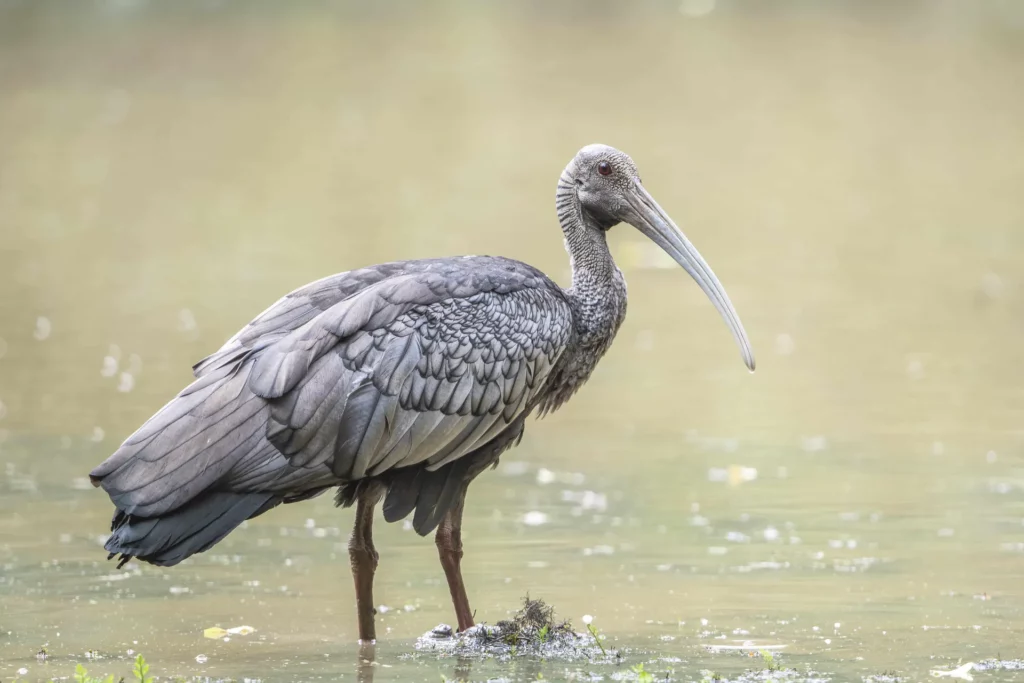
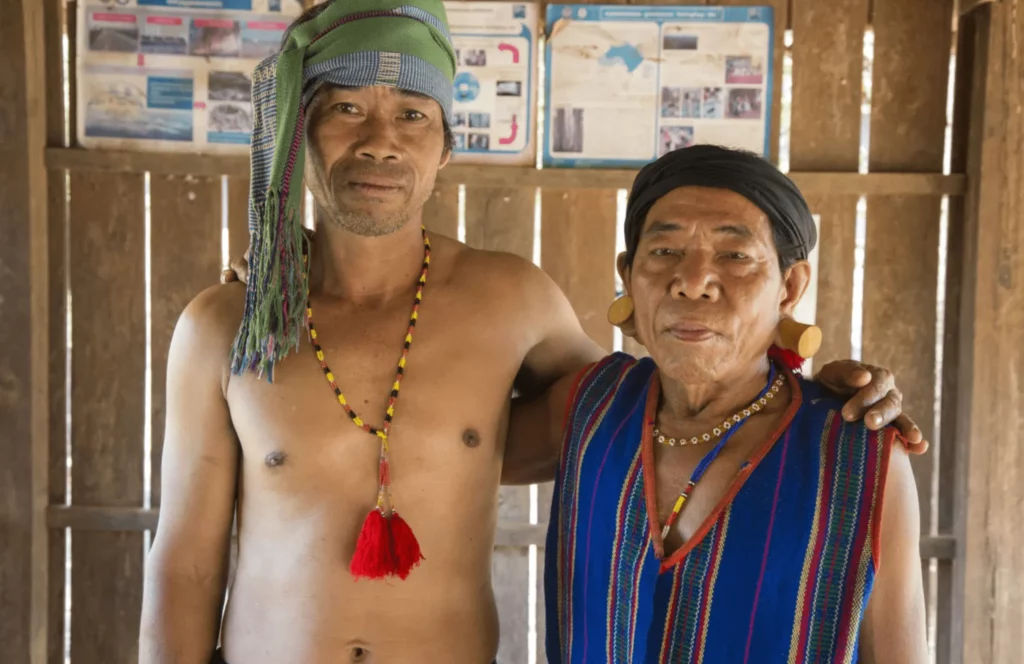
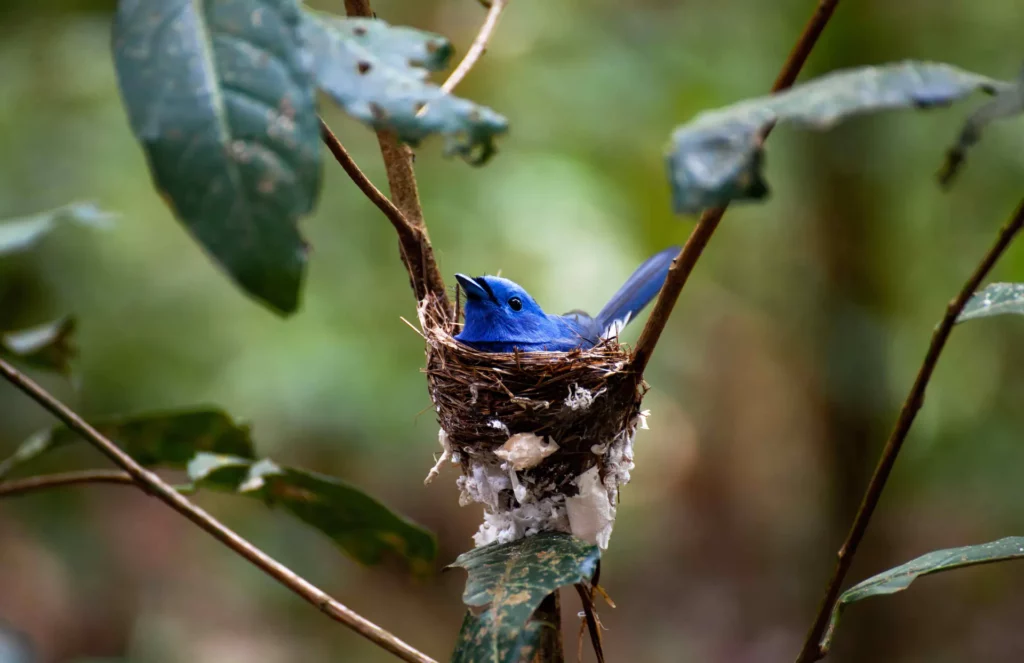
In the early 1970s most of the population of the 20 villages within the project area (then almost entirely made up of Bunong families) was relocated out of the area during the Khmer Rouge regime, with survivors and their children returning progressively as security improved during 1979–1998. In response to employment opportunities stemming from logging concession activities, and the demobilization of around 200 ex-Khmer Rouge families in the late 1990s, in-migration of Khmer people to the region has taken place with the return of the Bunong to their traditional lands. Subsequent road improvements, ineffective enforcement of forest protection laws by the local authorities and other factors have promoted continued growth.
The project area was formerly a logging concession, which ceased operations in 1999 as part of a national moratorium on logging concession operations. Subsequently, the area was placed under conservation protection through the creation of the Seima Protected Forest, and its protected status was further reinforced in 2009 by a sub-decree establishing it as a Protection Forest. This step, which does not permit timber concession operations to take place, enabled REDD+ activities to commence in January 2010. In early 2016 the Royal Government of Cambodia issued a Sub-Decree No. 83 to establish the Keo Seima Wildlife Sanctuary (KSWS), and to transfer management authority for the areas to the Ministry of Environment (MoE).
Driven by expansion of cash crops and land speculation, the Keo Seima project sits at the frontier of a wave of deforestation that has swept through an adjacent, unsupported protected area and continues to advance throughout the landscape. Illegal land clearance associated with this deforestation wave is currently the Keo Seima project area’s greatest threat. Illegal hunting with guns, dogs, and snares is also a direct threat to wildlife species, and illegal targeted logging of valuable timber threatens rare tree species and causes community conflict.
With long-term technical support from WCS, a clear set of goals, targets, and objectives have been defined for effective, equitable, and inclusive management of the protected area. Community teams support sustainable development by helping indigenous communities secure tenure; providing agriculture training; supporting alternative sustainable livelihoods such as ecotourism; and supporting education. Law enforcement teams apply Cambodia’s legal frameworks to reduce illegal activity, supported further by community-based patrols. The project is also developing legal and planning frameworks to guide long term management of the area. World class biodiversity monitoring and GIS teams measure the impact and effectiveness of these interventions on forest cover and wildlife populations, providing high quality data to inform management decisions.
The Keo Seima REDD+ project is making strong progress toward durable conservation outcomes. The project has emphasized recognition for the legal land rights of the indigenous Bunong people who live within the project area, and have helped secure Indigenous Community Land Titles (ICTs) for seven villages, with another six in progress. In addition, the project has brought IBIS Rice, a Wildlife Conservation Society initiative that offers price premiums to farmers who commit to no logging, hunting, or pesticides, and to protecting the landscape and its species, to 1,500 farmers. And the project’s impact on biodiversity has been documented through world class biodiversity monitoring, showing that more than 80% of monitored species trends matched or improved on the anticipated trends set in 2010 in the REDD+ Project Design Document. These results highlight the success and impacts of the project, while spotlighting where new conservation interventions are most urgently needed.
